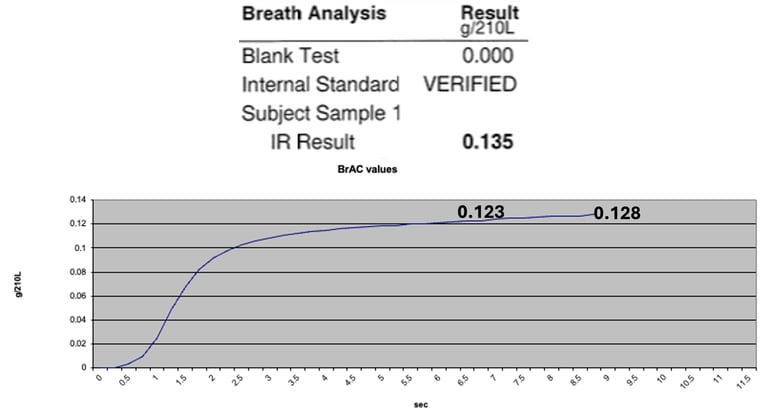Bulldog Law
Breath Testing "Science"
Draeger Alcotest 9510
Breath testing in Washington and many other states uses the Draeger Alcotest 9510. This machine's software and algorithms have never been released to the public. Washington State Patrol (WSP) approved the use of this device without ever seeing this software or its algorithms.
The rationale they use to justify this decision is based on what they call Quality Assurance Procedures (QAPs). In a QAP, a breath test technician working for WSP will put a solution of water and alcohol in a beaker which is of a known quantity and test that solution. If the machine gets the answer correct, it is deemed to have passed the QAP. The problem though is that the machine knows it's being tested in a QAP and chooses not to apply all of the same algorithms. In defense interviews representatives of WSP and Draeger have admitted this.
The "science" used to convict people of Driving Under the Influence has never been explained or made public. But that has not stopped WSP from using it against us.
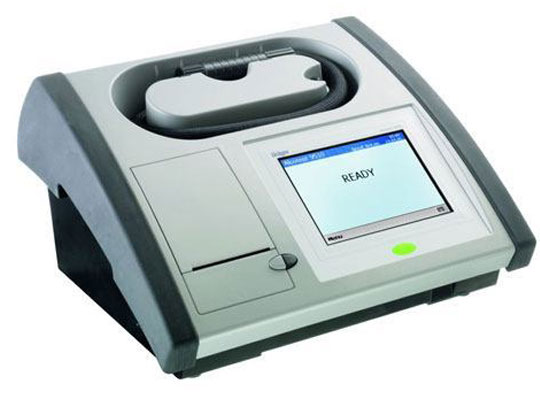

Principles of Breath Testing
The general theory behind breath testing is that alcohol is processed by the liver and then some of the alcohol is absorbed into the blood stream. Blood comes in contact with the alveoli in the lungs which allows alcohol to make it into the air that is circulated through the lungs before it is expelled as breath and measured by the Draeger.
All breath testing relies on a distinction between "deep-lung air" and "shallow-lung air." The chart to the left shows how this is supposed to look in a valid test result. The theory here is that the air you blow initially will not have as much alcohol in it because the "shallow-lung air" has been exchanging with the air outside your body and won't have alcohol in it therefore.
This theory is not universally accepted. A notable expert in this field is Dr. Joseph Anderson (http://www.andersonbioscience.com/). Dr. Anderson explains that we have a lot of blood vessels in our esophagus and that as we blow air into the sample chamber of the Draeger, the alcohol we see comes, in part from alcohol being picked up in contact with those blood vessels, which is why the curve in a breath test never fully plateaus and why the longer we blow the higher the result will always be.
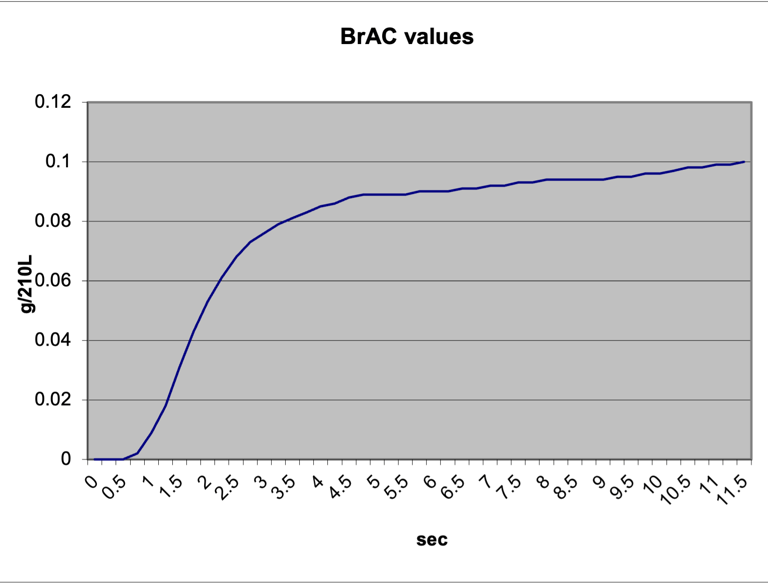

Dual Technologies
The Draeger uses infrared spectroscopy (IR) and an elctrochemical fuel cell (EC) to come up with two results for each sample tested.
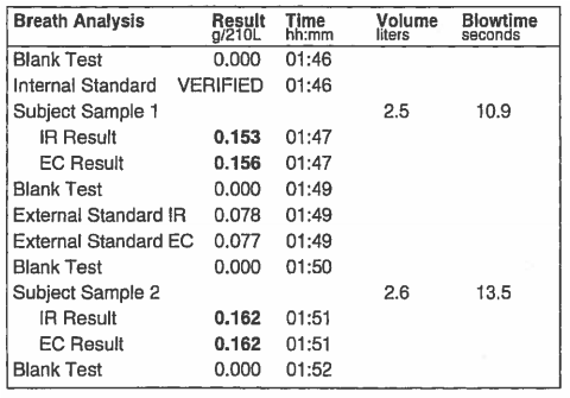

Infrared Spectroscopy (IR)
A specific amount of infrared energy in a wavelength known to be absorbed by alcohol is emitted into the sample chamber. Infrared energy is then measured at the end, and the amount missing is correlated to an amount of alcohol in the sample chamber.
There are a lot of issues with the way the Draeger employs this technology, but the two big ones are volume measurement and sample temperature.
A different volume of air in the chamber should change the result, but Draeger does not claim this as a factor. And we see this in the breath testing curves where the result is always higher the longer you blow into the machine. And officers are trained to get subjects to blow as hard as they can as long as they can into the sample chamber. There is a minimum volume, but no maximum. Even if the machine is taking this into account though, the mechanism for measuring volume is never calibrated.
All results the Draeger gets are based on an assumed breath temperature of 34C. Results change 6.5% for every degree off of 34C. But, the sample temperature is never measured and is never accounted for the results the machine generates.
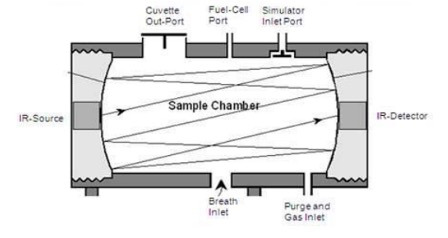

Electrochemical Fuel Cell (EC)
Two platinum plates are connected by a wire. One plate is exposed to the breath sample. Alcohol (and other contaminants) cause a chemical reaction which generates an electrical current. That current is measured and is correlated to an amount of alcohol in the sample.
This is the same technology used in the Portable Breath Test (PBT) used in the field. This is not admissible in trial because it is of such little scientific value. It is prone to degradation and false positives. Officers still use them, but the technology is not considered reliable enough to use in trial normally. The only thing that separates the PBT from the EC values in the Draeger is what Draeger calls an "anti-aging algorithm."
Draeger claims that degradation of the platinum plates happens at a consistent rate and that they employ an algorithm to account for that aging. They have never shared what that algorithm was nor how they came to the conclusion that the aging is consistent.
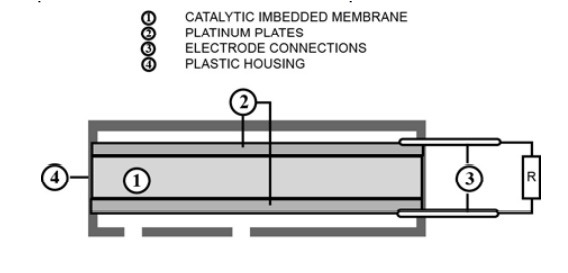

Raw Data
The Draeger saves the data it collects before employing its algorithms and we can access it. This is not a fix for all the problems the Draeger presents, but it is a window past some of its issues.
The results are always lower than what comes out on the print out. For some reason the undisclosed software and algorithms always increase the breath test result and never the other way around. And we can see what the result would have been had the person stopped blowing when the minimum sample acceptance parameters were met.
The example here shows a result of 0.135 on the breath test ticket, but the last measured value was actually 0.128, and had the client stopped blowing when the sample acceptance parameters were met, it would have been 0.123.
